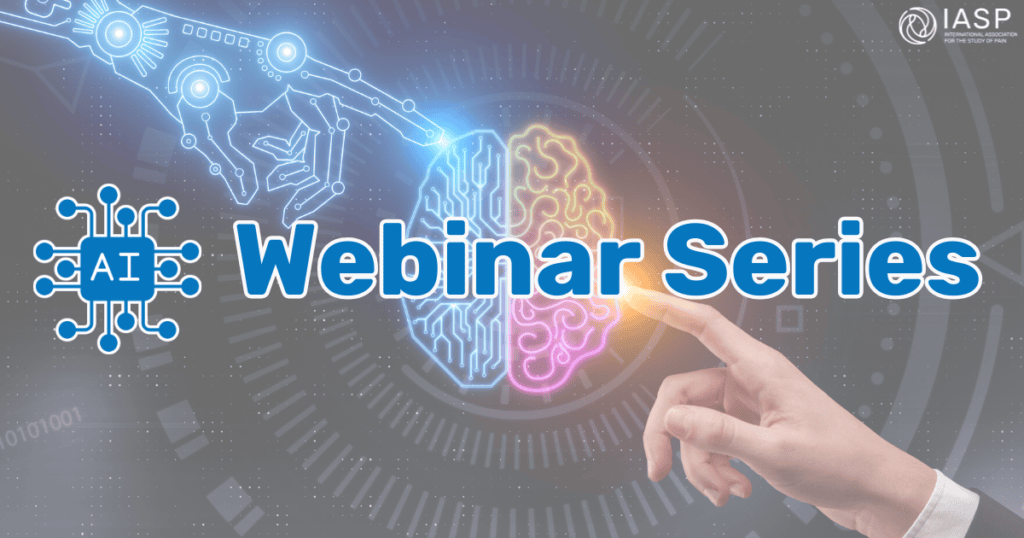Date: Wednesday, May 7th, 10:00 am to 11:00 am, EDT
Artificial intelligence (AI) and machine learning (ML) have become such ubiquitous terms, and in 2023, a hype developed around ChatGPT. Since then, progress has significantly slowed down. Here, we explain basic concepts of machine learning and AI, its history and general use over the last decades in healthcare. We then turn to generative AI (such as ChatGPT) and explain how they are distinct but similar.
Participants include:
— Arya Rao, MD, Harvard University, Boston, USA
— Jan Vollert, PhD, University of Exeter, UK (host)
About the Presenters
 Arya Rao, MD, is an MD-PhD candidate in the Harvard/MIT MD-PhD program at Harvard Medical School and the chair of the MESH AI group at Massachusetts General Hospital. Arya graduated from Columbia University, where she studied Biochemistry and Computer Science. She broadly aims to apply novel machine learning methods to problems in healthcare, ranging from therapeutics to medical education to administrative efforts.
Arya Rao, MD, is an MD-PhD candidate in the Harvard/MIT MD-PhD program at Harvard Medical School and the chair of the MESH AI group at Massachusetts General Hospital. Arya graduated from Columbia University, where she studied Biochemistry and Computer Science. She broadly aims to apply novel machine learning methods to problems in healthcare, ranging from therapeutics to medical education to administrative efforts.
 Jan Vollert, PhD, is a chronic pain researcher from Germany, where he did his PhD in neurophysiology at the University of Heidelberg. After six years at Imperial College in London,UK, he has joined the University of Exeter, UK, as a Lecturer (Assistant Professor) in October 2023. His background is in data science and statistics, and he collaborates with clinicians across the UK and Europe to analyze multifaceted datasets searching for predictors of developing chronic pain (for example after surgery) and predicting response to treatment to enable personalized pain medicine. He uses a wide array of methods -sensory phenotyping, patient-reported outcomes, -omics – and machine learning to identify mechanistic subgroups.
Jan Vollert, PhD, is a chronic pain researcher from Germany, where he did his PhD in neurophysiology at the University of Heidelberg. After six years at Imperial College in London,UK, he has joined the University of Exeter, UK, as a Lecturer (Assistant Professor) in October 2023. His background is in data science and statistics, and he collaborates with clinicians across the UK and Europe to analyze multifaceted datasets searching for predictors of developing chronic pain (for example after surgery) and predicting response to treatment to enable personalized pain medicine. He uses a wide array of methods -sensory phenotyping, patient-reported outcomes, -omics – and machine learning to identify mechanistic subgroups.


